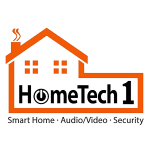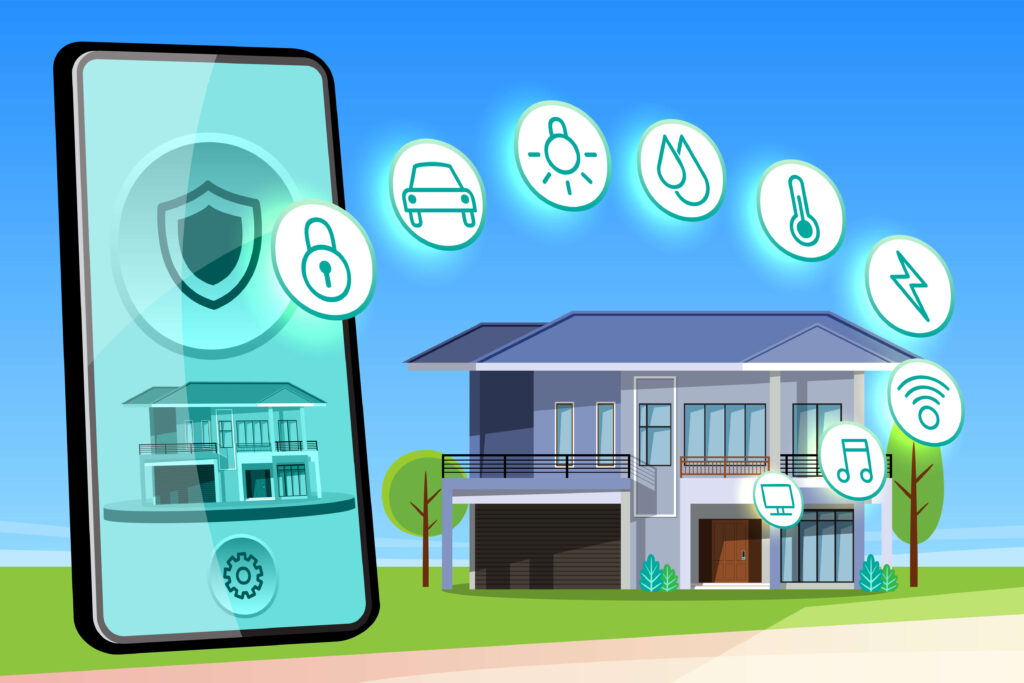Experience an Energy-Smart Home
As it’s 7 a.m., Sarah awakens to the gentle hum of her smart thermostat adjusting the temperature to 72°F. Her motorized blinds open automatically while she stretches, letting the morning light in. No need for artificial lighting yet! Sarah finds her smart coffeemaker has already prepared her favorite roast, and her water heater has optimized its schedule to ensure she has a warm shower without using excess energy overnight.
Energy efficiency through smart home technology is no futuristic dream; it is reality. Install devices to cut energy waste and utility costs while making our planet greener. According to the U.S. Department of Energy, smart thermostats alone have been proven to save up to 10% annually on heating and cooling expenses alone! Let’s explore ways that smart technologies can make our homes smarter and more energy-efficient!
Intelligent Thermostats, Reduced Costs
With about half of all domestic energy usage going toward heating and cooling, one of the main energy drains in any house is a conventional thermostat. Homeowners either let the system run needlessly or manually modify temperatures. Now let me introduce the smart thermostat, a genius in energy saving that adapts to your behavior.
Consider Jake, for example. He used to go for business trips and forget to turn off the heater. His heater ran all day, heating a vacant house. He set a smart thermostat to reduce the temperature when he left and warmed the house just before he got back. As a result, his heating expenses dropped by twenty percent.
Some types, like the Ecobee SmartThermostat and Nest Learning Thermostat, use motion sensors and geofencing to automatically change settings. Others even monitor weather patterns to enable exact adjustments, therefore guaranteeing efficiency without compromising comfort.
Smart Lighting: A Brighter Way to Save
Lighting accounts for around 15% of homes’ electrical consumption, according to U.S. Energy Information Administration. It may not seem to be a lot, but the expenses add up. Smart lighting can reduce the amount of energy wasted by shutting off when there’s nobody around and altering the brightness according to the natural lighting.
Think about Emma, as a mom with two children, who frequently does not remember to switch the lights off. Then she switched to smart lighting and motion-sensing switches. She no longer has to run around flipping switches throughout the day. In the event of an empty room, lights automatically shut off. Dimmable LEDs adapt to the times of the day, which reduces the amount of energy used up. Voice-controlled assistants such as Amazon Alexa and Google Home are also a boon for everyday life. Emma will simply say “Goodnight,” and all the lights will turn off. No need to go downstairs at night to make sure all lights are off.
Smart Plugs and Power Strips: Reducing Phantom Energy Consumption
Even when turned off, many appliances and devices still consume electricity – this ‘phantom energy’ accounts for as much as 10% of a household’s energy bill! Smart plugs and power strips help by cutting off power to devices not currently in use.
Tom, a self-declared tech geek, had multiple gaming consoles, a computer, and sound system all connected at all times. By switching to smart power strips he found that when not in use, his devices would shut off automatically, saving him approximately $100 annually – an incremental saving over time! Even small changes like these can add up.
Energy-Efficient Appliances: Smarter, Not Harder
Among the main energy hogs, in a house, are old appliances. Changing to Energy Star-rated smart appliances will clearly affect the power usage. Energy Star-certified refrigerators reportedly consume 15% less energy than non-certified models, according to the U.S. Environmental Protection Agency.
Lisa’s old refrigerator, for instance, ran continuously, driving up her energy consumption. She replaced it with a smart refrigerator that even alarms her should the door be left open and regulates cooling levels depending on usage. Her clever washing machine similarly modulates water levels depending on the load size, therefore reducing water and electricity use.
Using sophisticated sensors to run effectively, smart ovens, dishwashers, and dryers adhere to similar ideas. Some even let consumers run them during off-peak hours when electricity is less expensive.
Save Water Efficiently Using Smart Tech
Energy efficiency doesn’t just apply to electricity–it also includes water usage. Intelligent irrigation systems, leak detectors and low-flow fixtures help conserve water while simultaneously lowering utility bills.
Jenny’s garden provides an excellent example. Before she installed an intelligent irrigation system, Jenny watered her plants on a fixed schedule even during rain showers – this now adjusts based on real-time weather data, cutting back on water waste while simultaneously improving plant health.
Smart leak detectors can prevent costly water damage. Imagine coming home after a vacation to find your home submerged under inches of water? A smart water sensor alerts you immediately whenever a leak is detected so that quick action can be taken before things escalate further.
The Role of AI and Automation
Artificial intelligence (AI), along with automation make smart homes more efficient. Machine learning, predictive analytics, and integrated home automation let devices interact and optimize energy usage effortlessly.
Imagine this: John’s intelligent home hub senses that he has to leave for his work at 8.30 a.m. each day. It shuts down devices that are not needed and also adjusts the thermostat and then puts the home in energy-saving mode. When he arrives back home, the system has returned to comfort settings, all without touching a single finger.
Final Thoughts: A Smarter Way to Save
Choosing smart home technologies is about establishing an energy-efficient way of living that saves money and helps the earth; it is not only about convenience. Every little adjustment adds to a greater impact, from thermostats that learn your schedule to automatically changing lights.
The American Council for an Energy-Efficient Economy claims that completely integrating smart home technologies can result in energy savings of up to 30% yearly.
Businesses like HomeTech1 make upgrading your house with energy-saving ideas simpler than ever. The future of home energy efficiency is bright—and it starts with you—regardless of your starting point—small with smart plugs or large with a whole automated system.
So why hold off? Starting today, move toward a smarter, more efficient home.


